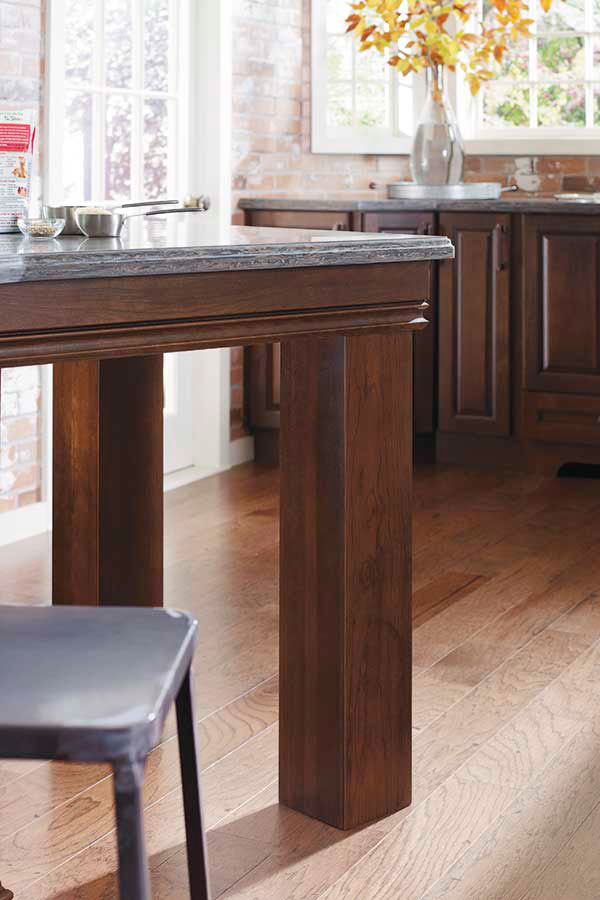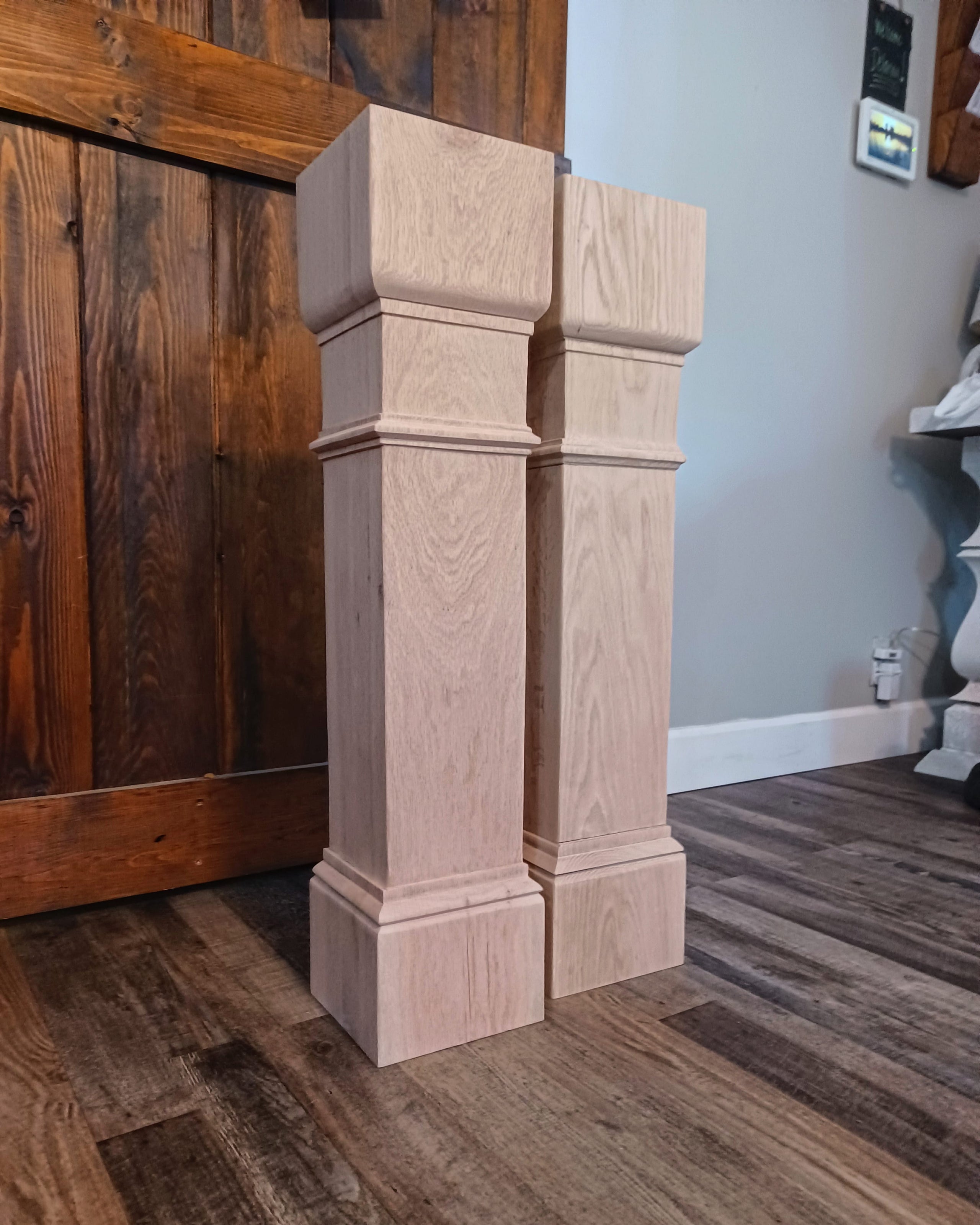Depend On Professional Workmanship for Tailored Legs For Kitchen Island Concepts
Depend On Professional Workmanship for Tailored Legs For Kitchen Island Concepts
Blog Article
Important Elements to Consider When Picking Legs For Cooking Area Island
Picking the ideal legs for a kitchen area island includes a mindful evaluation of multiple elements that can substantially affect both functionality and visual charm. Amongst these, the option of material plays a critical function in guaranteeing sturdiness, while the design has to match the existing design. Additionally, considerations such as height and weight support are crucial for security and comfort. As we discover these elements, it becomes clear that each choice can have far-ranging effects for the general cooking area experience. What nuances should be considered in each of these classifications to achieve the excellent balance?
Product Options
When selecting legs for a kitchen area island, recognizing the various material choices is essential for attaining both aesthetic allure and structural stability (Legs For Kitchen Island). The selection of material considerably affects not just the resilience of the island yet also its general style and capability
Steel legs, commonly made from stainless steel or functioned iron, add a contemporary and industrial feel while ensuring sturdiness and stability. These materials are resistant to put on and can sustain considerable weight, making them suitable for larger islands.
Another alternative is engineered products, like MDF or plywood, which can be extra economical while still providing a series of finishes. However, they may not give the very same level of stability as strong timber or metal. Products such as acrylic or glass can produce a modern look, though they may require additional support to guarantee security.
Inevitably, the choice of material for cooking area island legs must line up with the preferred functionality and the total style of the kitchen.
Design And Style

When considering style, the shape and finish of the legs are crucial. Tapered legs can supply a feeling of agility and elegance, while thicker, more robust legs can share toughness and security. In addition, the coating-- be it repainted, discolored, or all-natural-- should enhance the kitchen cabinetry and kitchen counter products to produce a unified look.
Furthermore, the layout of the legs can likewise show personal taste. Custom or decorative legs, such as those including complex carvings or unique geometric forms, can offer as focal factors, including personality and personality to the cooking area. Eventually, the appropriate choice will not only enhance performance but likewise boost the visual appeal, making the kitchen area island a standout function of the home.
Height Factors To Consider
Selecting the ideal height for cooking area island legs is essential, as it straight impacts both performance and convenience. The basic height for a kitchen island usually varies from 36 to 42 inches, aligning with typical kitchen counter heights.

It is likewise vital to make up customers' choices and heights. Tailoring the height can make sure a comfy experience for all household members, making the cooking area island an extra functional and satisfying space.
Weight Assistance
Making sure adequate weight assistance for kitchen island legs is essential for both safety and capability. The cooking area island usually offers multiple functions, including cooking, eating, and additional storage space, demanding a robust support framework. When selecting legs, it is critical to think about the total weight capacity needed based upon the island's intended usage and the products that will be put on it.
The selection of material for the legs plays a considerable duty in their weight-bearing capabilities. Strong timber, metal, and sturdy composites normally give exceptional stamina contrasted to lighter products. Additionally, the style of the legs-- whether they are right, tapered, or have a pedestal kind-- can influence their capacity to disperse weight efficiently across the framework.
In addition, the leg placement ought to pop over to these guys be tactically prepared their website to boost security. Legs positioned at the corners or with a broader base can much better sustain larger loads. Always speak with the maker's requirements regarding load limitations to make certain that the legs can maintain the desired weight without endangering safety. In recap, selecting kitchen island legs with adequate weight support is essential for creating a functional and safe culinary space.
Installment and Upkeep
Proper installment and maintenance of cooking area island legs are vital for ensuring long life and stability. This often includes securing the legs to the island base utilizing appropriate fasteners, making certain that the legs are level and straightened.
Once set up, normal maintenance is necessary to protect the honesty and appearance of the legs - Legs For Kitchen Island. For wood legs, periodic cleaning with a moist towel and application of suitable timber gloss can avoid dampness damage and preserve their coating. Metal legs may need a mild cleaning service to get rid of oil and grime, adhered to by a dry cloth to avoid corrosion formation
Additionally, check the legs consistently for signs of wear or damage, such as splits or loosened joints. Tightening up screws or screws as required can additionally lengthen the life-span of the legs. By sticking to these installment and upkeep techniques, home owners can ensure that their kitchen island stays durable and visually appealing for many years to come.
Conclusion
:max_bytes(150000):strip_icc()/pink-marble-tile_House-of-Harvee-9f030193ae38484a9cb7ea2d71af66f4.jpg)
Aesthetic comprehensibility is paramount in choosing the design and design of legs for a kitchen island, as these aspects substantially influence the overall ambiance of the area. Conical legs can offer a feeling of agility and elegance, while thicker, much more robust legs can communicate stamina and security.Selecting the proper elevation for cooking area island legs is critical, as it straight influences both functionality and comfort. In summary, choosing kitchen area island legs with appropriate weight assistance is necessary for producing a functional and safe culinary space.
In verdict, selecting legs for a cooking area island necessitates cautious factor to consider of various elements, consisting of material options, style, elevation, weight assistance, and setup.
Report this page